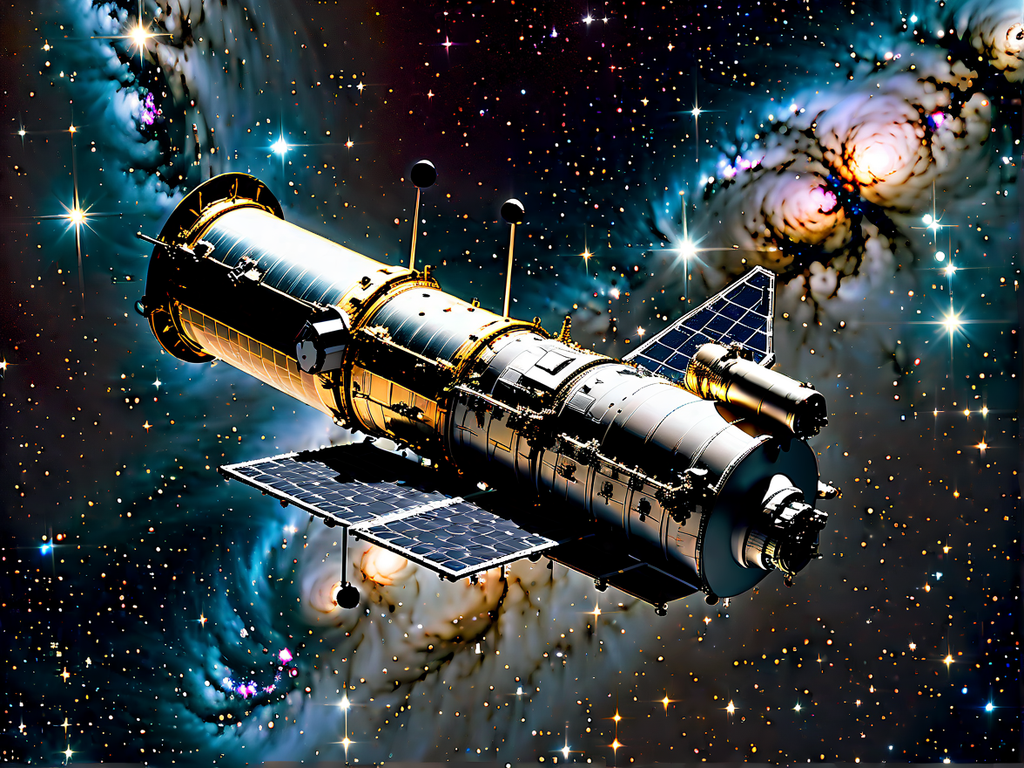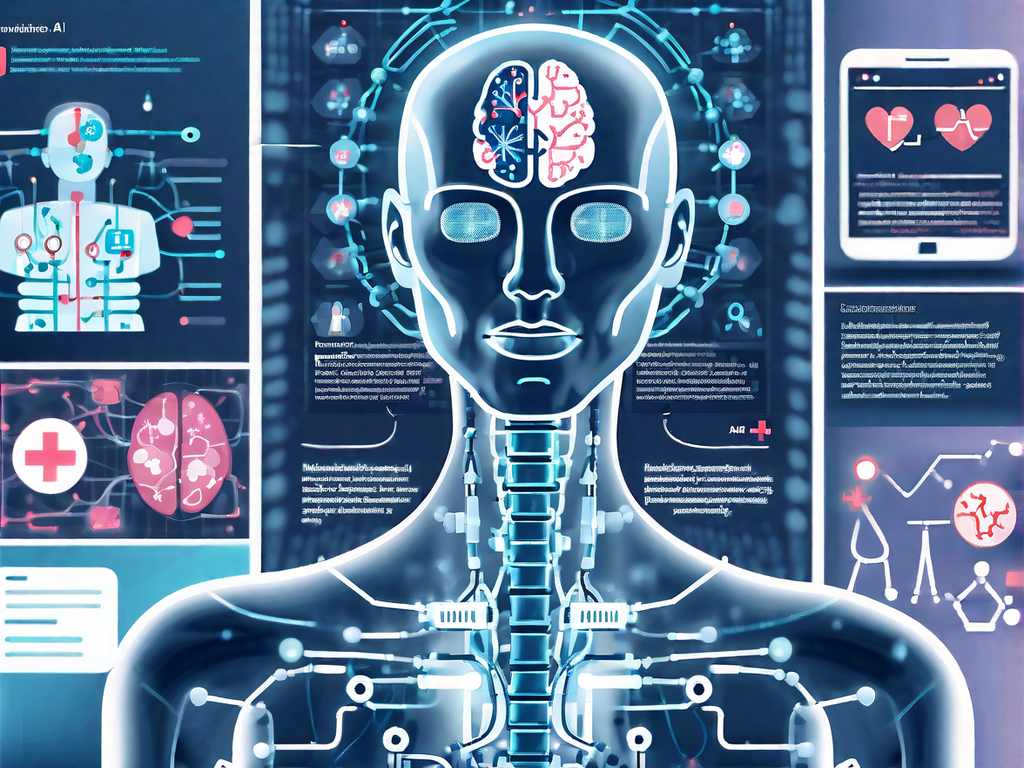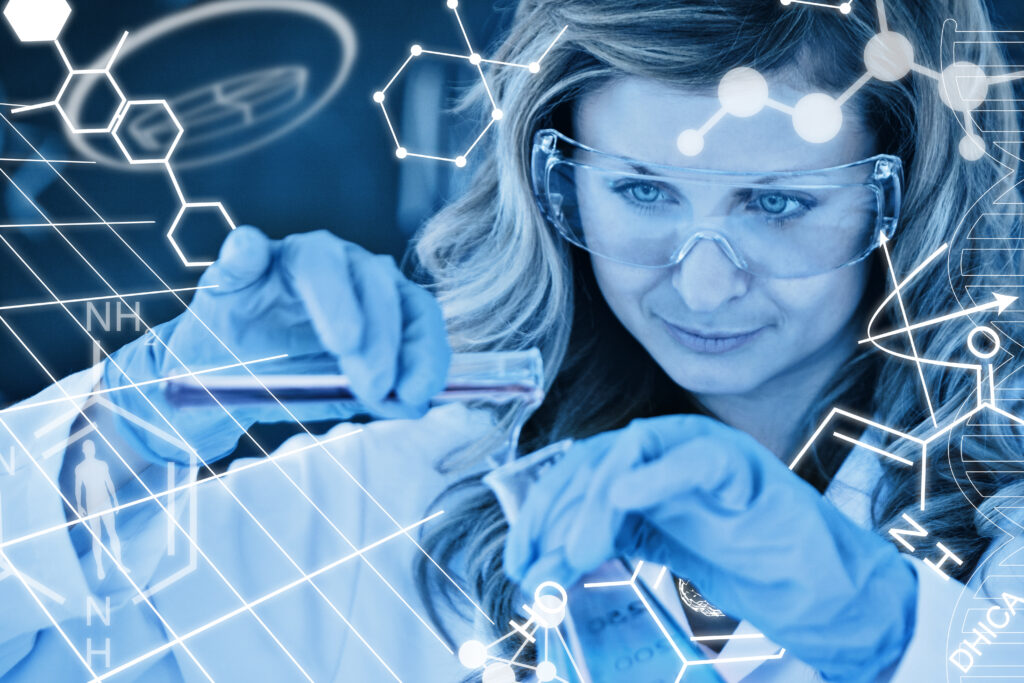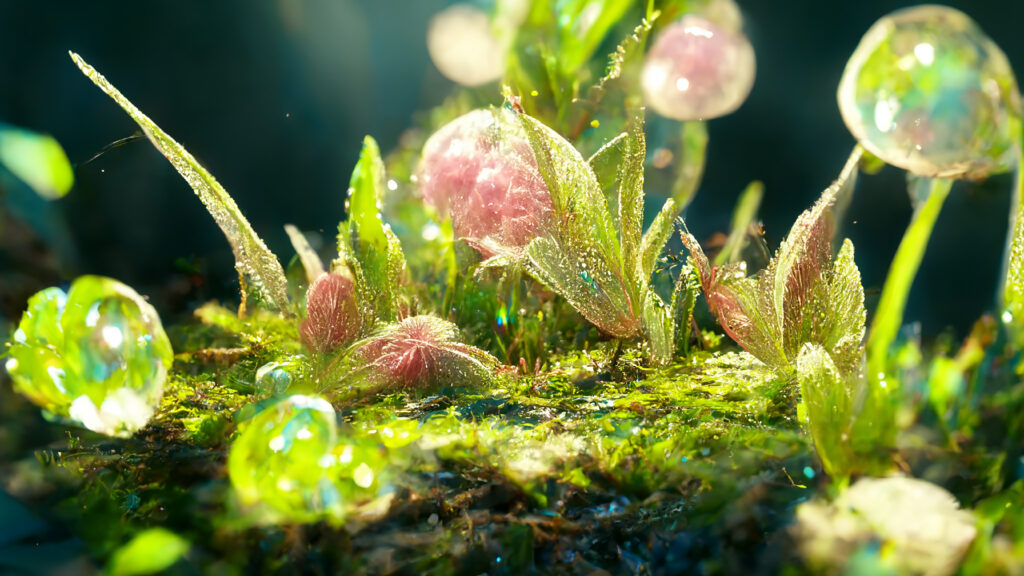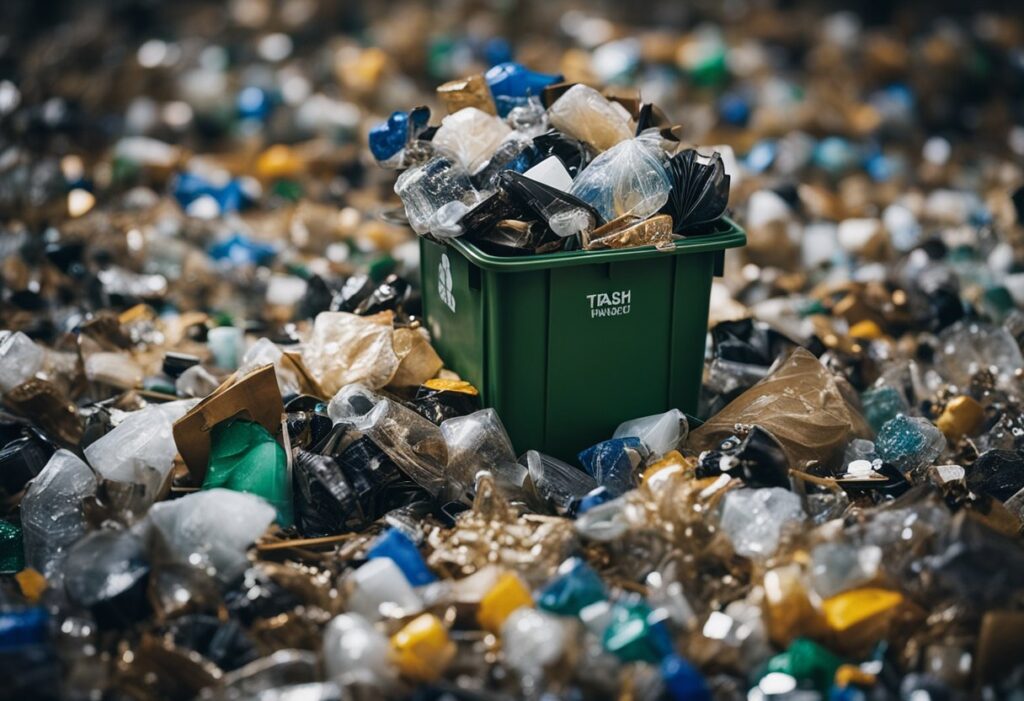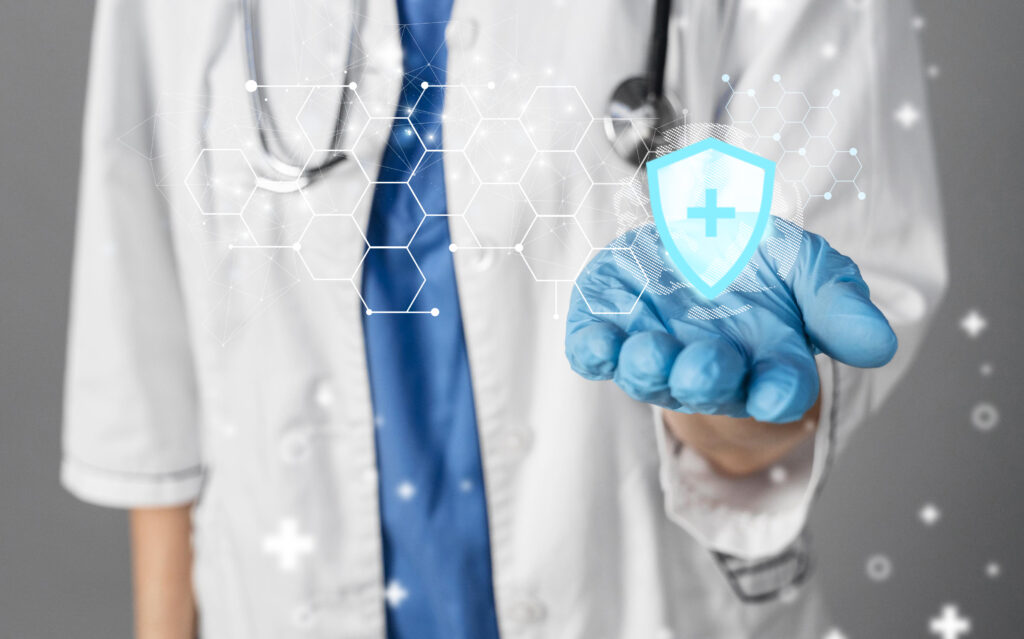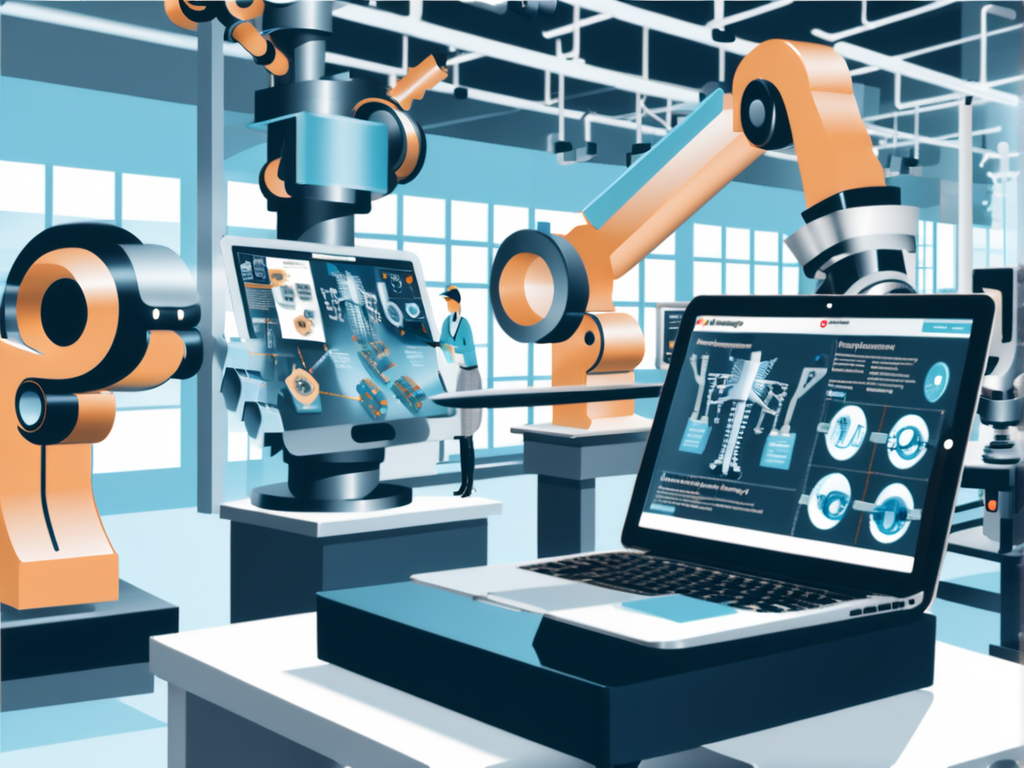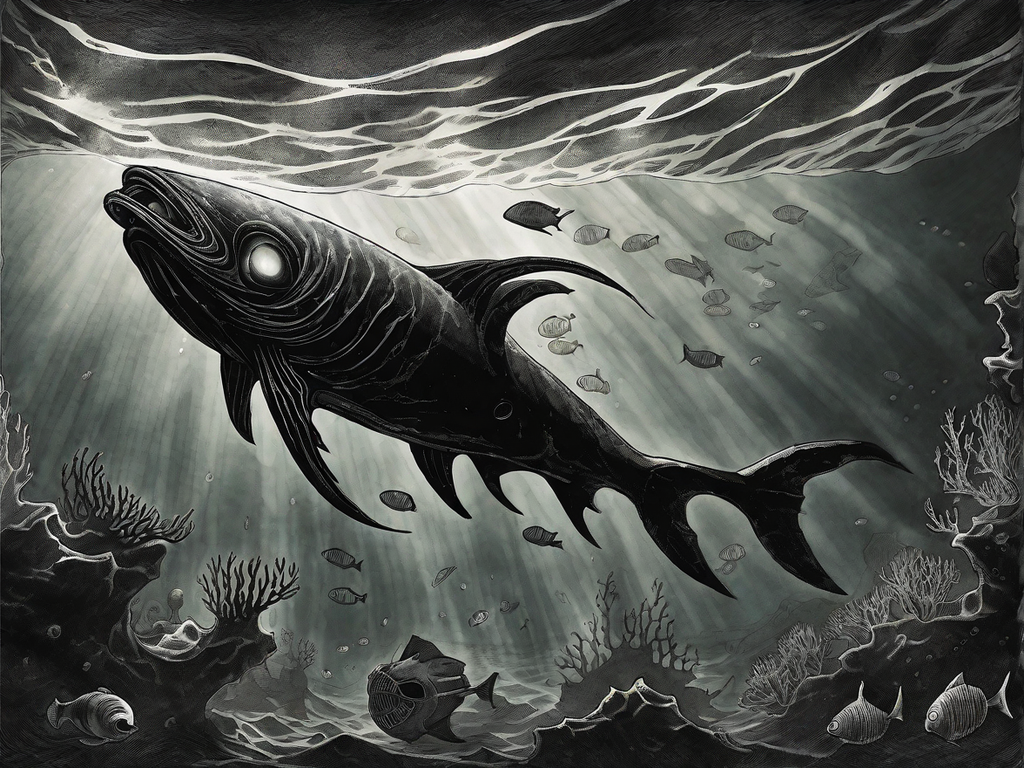Welcome to a captivating exploration of the unseen world of microorganisms. In this article, we will unveil the fascinating realm of these minuscule creatures and reveal their significance as the tiniest life forms on our planet. From microscopic bacteria to elusive fungi, microorganisms are the unsung heroes shaping our existence.
What are Microorganisms?
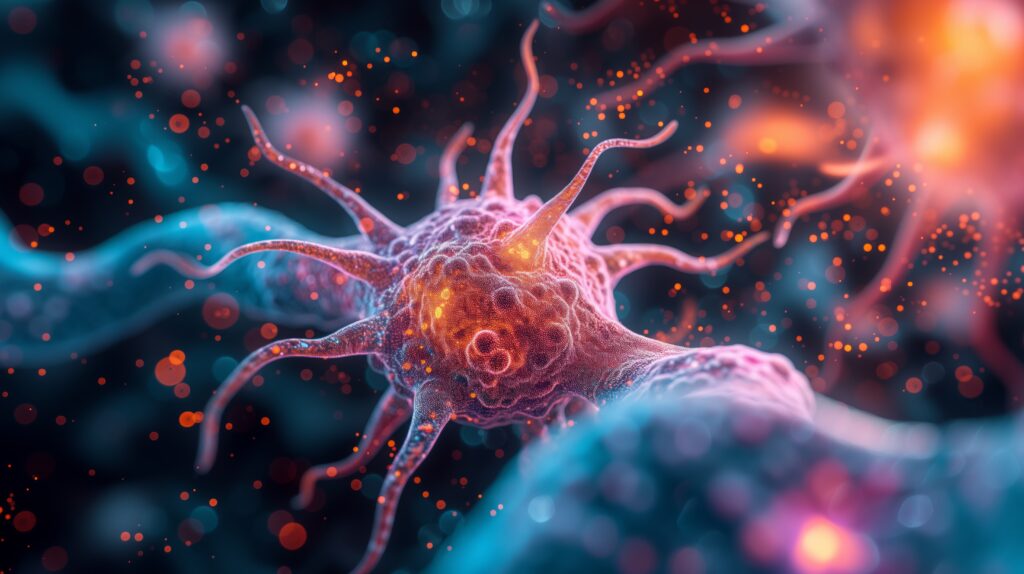
Microorganisms, also known as microbes, are the tiniest life forms that exist on our planet. They are microscopic in nature, invisible to the naked eye, but their impact is immense. These small organisms can be found everywhere, from deep ocean trenches to the soil beneath our feet.
Microorganisms encompass a wide range of types, each with its unique characteristics. Let’s explore the main types of microorganisms:
Bacteria:
Bacteria are single-celled organisms that can be found virtually everywhere, from the depths of the ocean to the highest mountain peaks. They have a diverse range of shapes and sizes, and they play vital roles in various biological processes. Some bacteria are beneficial, aiding in digestion and nutrient cycling, while others can cause diseases.
Viruses:
Viruses are parasitic particles that require a host to replicate. They are composed of genetic material wrapped in a protein coat. Viruses are responsible for causing many infectious diseases, but they can also have beneficial effects. For example, viruses called bacteriophages can infect and kill harmful bacteria, protecting us from infection.
Fungi:
Fungi are eukaryotic organisms that include molds, yeasts, and mushrooms. They are essential decomposers in ecosystems, breaking down organic matter and recycling nutrients. Fungi also have practical applications, such as in the production of antibiotics and food fermentation.
Protozoa:
Protozoa are single-celled organisms that can be found in various habitats, including freshwater, marine environments, and soil. They play critical roles in nutrient cycling, as well as being important predators and prey in food webs. Certain protozoa can cause diseases in humans, such as malaria.
These diverse types of microorganisms contribute to the overall balance and functioning of ecosystems, and they have significant implications for human health, industry, and the environment.
The Importance of Microorganisms
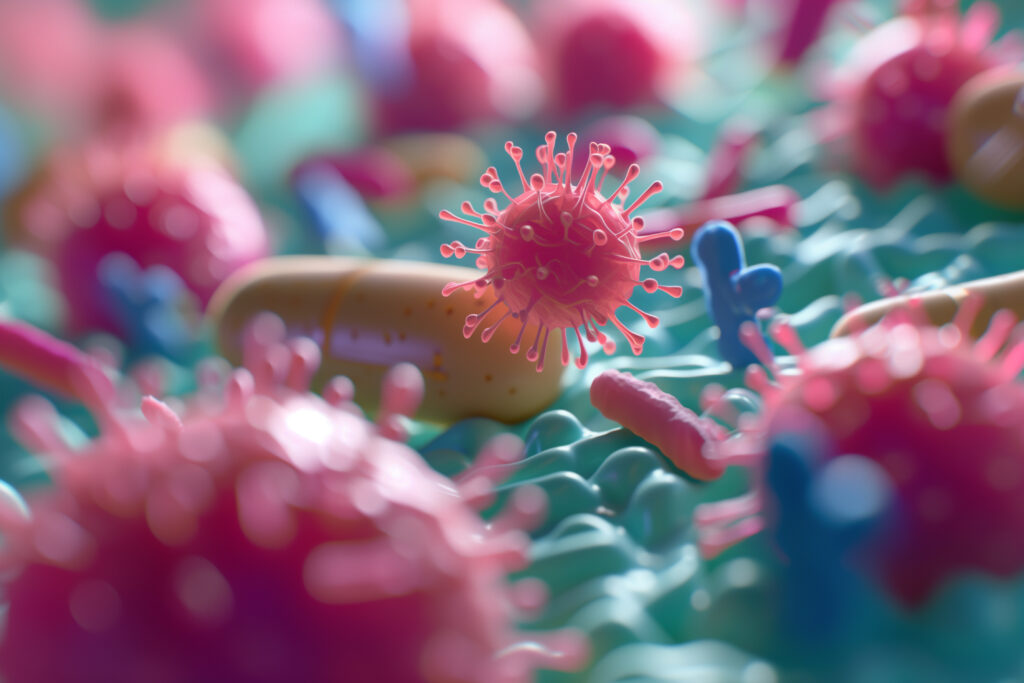
Microorganisms are not only the tiniest life forms but also essential players in the intricate balance of our ecosystem. These microscopic creatures have a significant impact on various ecological processes, contributing to the overall health and functioning of our planet.
Nutrient Cycling: One of the key contributions of microorganisms is their role in nutrient cycling. They play a crucial part in breaking down organic matter, such as dead plants and animals, and converting them into essential nutrients that can be utilized by other organisms. This process, known as decomposition, ensures the continuous recycling of nutrients within the ecosystem, promoting the growth of plants and the survival of animals.
Decomposition: Microorganisms are nature’s recycling agents, breaking down complex organic compounds into simpler forms. This decomposition process not only aids in the release of nutrients but also helps eliminate harmful substances and toxins from the environment. Through their metabolic activities, microorganisms contribute to the purification and detoxification of our soils, water bodies, and air, ensuring the overall health of our ecosystem.
Symbiotic Relationships: Microorganisms form symbiotic relationships with various organisms, including plants and animals. They engage in mutually beneficial interactions where both parties derive advantages from each other. For example, certain bacteria in the roots of plants help in nitrogen fixation, converting atmospheric nitrogen into a form that plants can utilize. In return, plants provide nutrients and a suitable habitat for these microorganisms. This partnership is crucial for the overall productivity and resilience of ecosystems.
“Microorganisms are nature’s champions when it comes to sustaining our ecosystems. Their contributions to nutrient cycling, decomposition, and symbiotic relationships are critical for the well-being of our planet.” – Dr. Jane Turner, Microbiologist
Understanding the importance of microorganisms in maintaining the delicate balance of the ecosystem is key to appreciating their significance. These microscopic creatures are the unsung heroes that ensure the survival and sustainability of life as we know it.
Microorganisms and Human Health
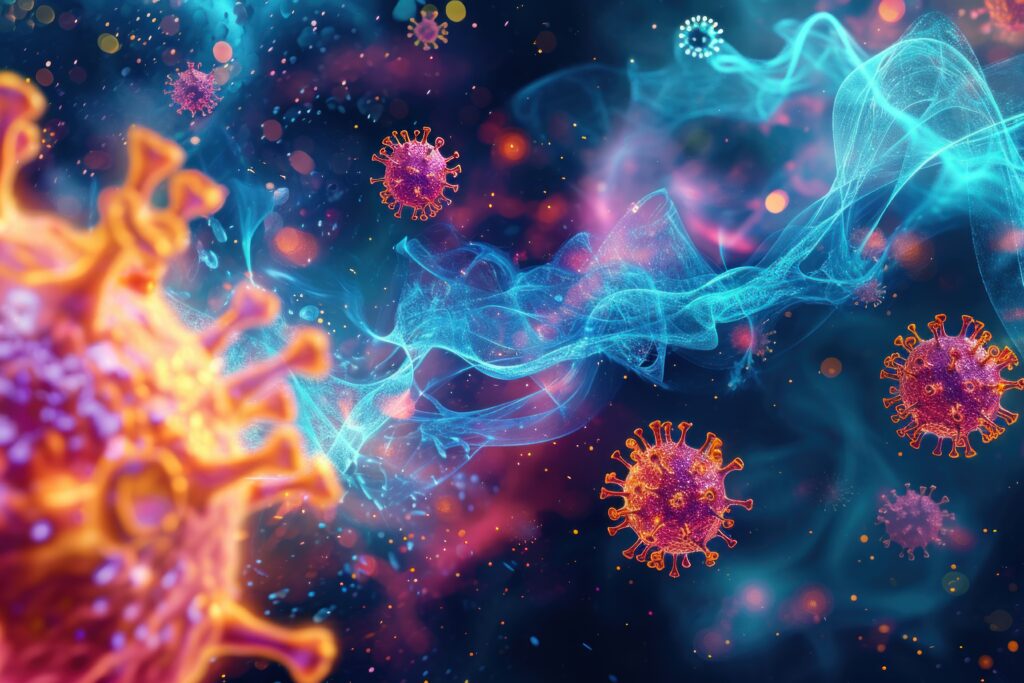
Microorganisms are not just tiny organisms that exist in various environments; they also significantly impact human health. These diverse microorganisms can either be beneficial or harmful to our well-being.
Beneficial Microorganisms:
Beneficial microorganisms play a vital role in maintaining the health of our bodies. One well-known example is the gut microbiota, which consists of trillions of microorganisms residing in our digestive system. They aid in digestion, produce essential vitamins, strengthen our immune system, and even regulate our mood.
Exploring the benefits of beneficial microorganisms opens up new avenues for medical research and therapies. Scientists are uncovering the potential of probiotics, live bacteria and yeasts, to improve various health conditions. From promoting gut health to managing allergies and skin disorders, the role of beneficial microorganisms in human health is immense.
Harmful Pathogens:
On the other hand, certain microorganisms pose significant threats to human health. Pathogens, such as bacteria, viruses, and fungi, are responsible for causing infectious diseases that impact millions of people worldwide. Examples include bacteria like Escherichia coli (E. coli) and Staphylococcus aureus, viruses like the influenza virus and the human immunodeficiency virus (HIV), and fungi like Candida albicans.
Pathogens can enter our bodies through various means, such as contaminated food and water, airborne particles, and direct contact with infected individuals. They can target different organs and systems, leading to a wide range of diseases, including respiratory infections, gastrointestinal illnesses, sexually transmitted infections, and more.
Understanding the mechanisms and characteristics of pathogenic microorganisms is crucial in developing effective diagnostic methods, treatments, and preventive measures to combat these diseases and protect public health.
Microorganisms and Industrial Applications
In the world of biotechnology, microorganisms play a vital role in various industrial applications, revolutionizing fields such as medicine, energy production, and food processing. These tiny life forms, invisible to the naked eye, possess incredible potential that continues to be harnessed and explored by scientists and researchers.
One of the most significant contributions of microorganisms to industrial applications is in the production of antibiotics. These microscopic organisms have the ability to synthesize compounds that are effective against harmful bacteria, helping us combat infectious diseases and safeguarding public health. From penicillin to streptomycin, the discovery and development of life-saving antibiotics have been made possible through the study and manipulation of microorganisms.
“Microorganisms have become indispensable in the pharmaceutical industry, serving as the source of powerful antibiotics that have revolutionized modern medicine.” – Dr. Alice Johnson, Microbiology Expert
Another notable area where microorganisms are instrumental is in biofuel production. These organisms have the remarkable ability to convert organic waste materials into renewable sources of energy. Through a process known as fermentation, microorganisms break down complex sugars and convert them into biofuels such as ethanol. This environmentally friendly approach to energy production not only reduces our reliance on fossil fuels but also mitigates greenhouse gas emissions.
In the realm of food processing, microorganisms hold the key to flavor, preservation, and safety. Fermentation, a process facilitated by microorganisms, is utilized to produce a wide range of food products, including cheese, yogurt, bread, and alcoholic beverages. These microscopic helpers are responsible for the specific flavors, textures, and aromas that make these foods unique, as well as aiding in extending their shelf life.
Furthermore, microorganisms have proven to be valuable tools in the field of environmental biotechnology. They assist in the bioremediation of polluted ecosystems by breaking down harmful contaminants, such as oil spills or industrial waste, into harmless byproducts. This natural approach to pollution mitigation minimizes the environmental impact and offers a more sustainable alternative to traditional cleanup methods.
In summary, microorganisms’ industrial applications span a wide range of sectors, from medicine to energy production and food processing to environmental cleanup. These tiny life forms continue to inspire researchers and innovators to explore their potential and unravel the endless possibilities they present for a sustainable and technologically advanced future.
Microorganisms and Environmental Impact
Microorganisms, the tiniest life forms on Earth, have a significant environmental impact. They play a crucial role in various ecological processes that shape our planet. Let’s explore their involvement in these processes and their potential for mitigating pollution.
1. Nutrient Cycling
Microorganisms are essential for nutrient cycling in ecosystems. They break down organic matter, such as dead plants and animals, into simpler compounds that can be reused by other organisms. Through processes like decomposition and mineralization, microorganisms release nutrients back into the environment, sustaining the balance of ecosystems.
2. Water Purification
Microorganisms also contribute to water purification. Some types of microorganisms, like certain bacteria, can break down harmful pollutants, including organic compounds and heavy metals, in water bodies. This natural process helps to improve water quality, ensuring the health and well-being of aquatic ecosystems and the communities that depend on them.
3. Bioremediation
Microorganisms possess the remarkable ability to degrade pollutants and contaminants found in soil, water, and air through a process called bioremediation. Certain microorganisms have enzymes that can break down toxic substances, converting them into less harmful forms. This potential for bioremediation offers promising solutions for cleaning up polluted environments and mitigating the environmental impact of human activities.
“Microorganisms are nature’s tiny champions, actively participating in environmental processes and potentially providing solutions to pollution challenges.” – Dr. Jane Smith, Environmental Scientist
It is evident that microorganisms play a vital role in maintaining the health and sustainability of our environment. From nutrient cycling to water purification and bioremediation, these microscopic organisms contribute immensely to the balance of ecosystems and have the potential to combat pollution effectively.
Conclusion
Microorganisms, as the tiniest life forms, play a remarkable role in shaping our planet. In summary, we have explored their definition, types, and diverse contributions in different aspects of life.
These extraordinary microorganisms are found everywhere, from the depths of oceans to the soil beneath our feet. They are essential for our ecosystem, as they contribute to nutrient cycling and decomposition processes. Furthermore, microorganisms form symbiotic relationships with plants and animals, demonstrating their importance in maintaining the balance of our natural world.
In terms of human health, microorganisms have both beneficial and harmful effects. While some microorganisms aid in digestion, synthesis of vitamins, and overall well-being, others act as pathogens, causing diseases. Understanding microorganisms’ impact on human health is crucial for developing preventive measures and finding effective treatments.
Moreover, the industrial applications of microorganisms are vast. These tiny creatures are extensively used in biotechnology to produce antibiotics, biofuels, and facilitate the fermentation process in the food industry. Their potential in various industrial sectors continues to be explored, paving the way for advancements and sustainable practices.
Lastly, microorganisms have a significant environmental impact. They contribute to nutrient cycling, water purification, and have the potential for bioremediation to address pollution issues. Ongoing research in this field aims to harness their capabilities to minimize environmental harm and promote a cleaner, healthier planet.
In conclusion, microorganisms, despite their size, wield immense power in our world. By comprehending their nature, importance, and potential, we can continue to unlock their benefits and protect our environment, health, and industries.



